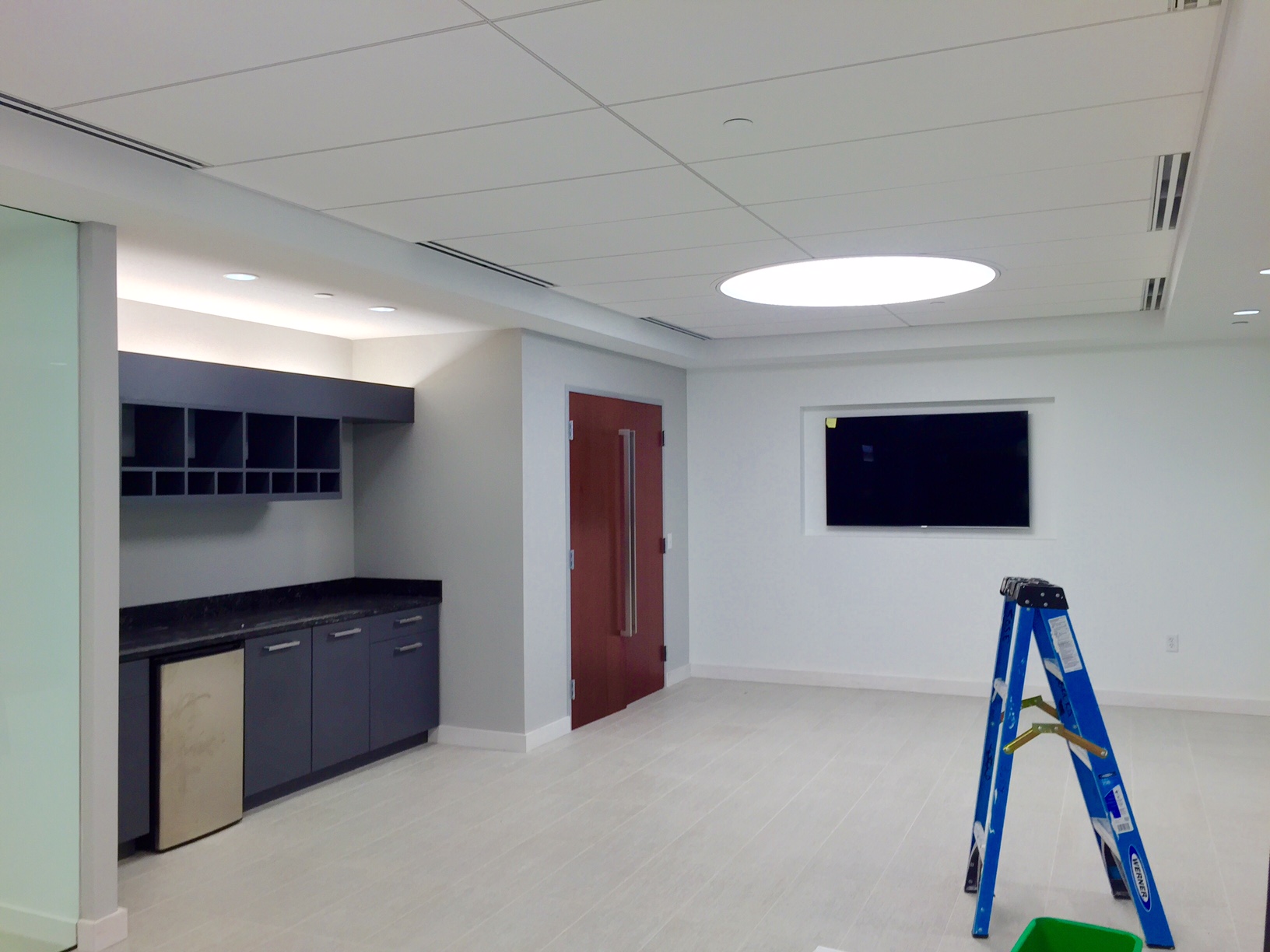

Photo credit: South Slough Research Reserve Many thinned cedars were shared with local tribal communities. Oregon tribes and a reserve share natural resources To lessen fire risks at the South Slough Research Reserve, partners conducted prescribed burns and thinned the forest. The City of Superior led the project in partnership with the Wisconsin Coastal Management Program, and NOAA’s Office for Coastal Management provided $1.5 million in funding through the Great Lakes Restoration Initiative. The restoration involved removing invasive species and replanting native vegetation, such as traditional medicinal plants. Their knowledge of its land and waters were vital to a large-scale restoration of the area’s ecology and habitat.įollowing three years of work, much of it led by tribal groups, the point’s restored areas cover an acre of dunes, 85 acres of forest, and 150 acres of sensitive coastal habitat. Hundreds of years before the Wisconsin Point Lighthouse became one of Lake Superior’s most-photographed sights, the Ojibwe people made their home on its surrounding lands, establishing sacred sites still revered today. Centuries of knowledge enrich Wisconsin project The lands and waters surrounding Wisconsin Point Lighthouse, shown here, are more welcoming to people and other living things, thanks to the local Ojibwe community and other partners.Ĭredit: Sharon Mollerus, Wikimedia Commons

The State of Rhode Island and NOAA Office for Coastal Management serve as the other two co-chairs. Tribal Consultation Best Practice Guidelines, developed at the same time, aids other coastal organizations that engage with tribal partners on any topic. The Aroostook Band of Micmacs was one of three co-chairs that guided the plan, and many attribute its ongoing success to a vigorous commitment by tribal leaders and stewards. The plan’s data portal and engagement process helped both tribal governments and other sectors safeguard natural resources while navigating complex new industries, such as Rhode Island’s Block Island offshore wind energy facility. Partners in the ocean plan finalized in 2016 by the Northeast Regional Planning Body included the 10 federally recognized tribes in New England. Indigenous leaders improve Northeast ocean plan Throughout the coastal zone, the powerful ecological wisdom and cultural values that Indigenous communities bring to the table is bringing untold value to NOAA projects, as shown by the following stories. The participants’ insights are captured in a new report, and more listening sessions are being planned. Infrastructure Investment and Jobs Act, the agency held two listening sessions to improve communication and potential coordination with approximately 44 tribal nations and organizations. NOAA is involved in a wide variety of projects that benefit greatly from Indigenous community contributions, and many more such partnerships are in the planning stages.Īs NOAA prepares for a boost in coastal project funding through the U.S. The Takeaway: We take a look at the great things that can happen when NOAA and Indigenous communities work together on coastal issues. Native Americans Play Critical Roles in Many NOAA Projects


 0 kommentar(er)
0 kommentar(er)
